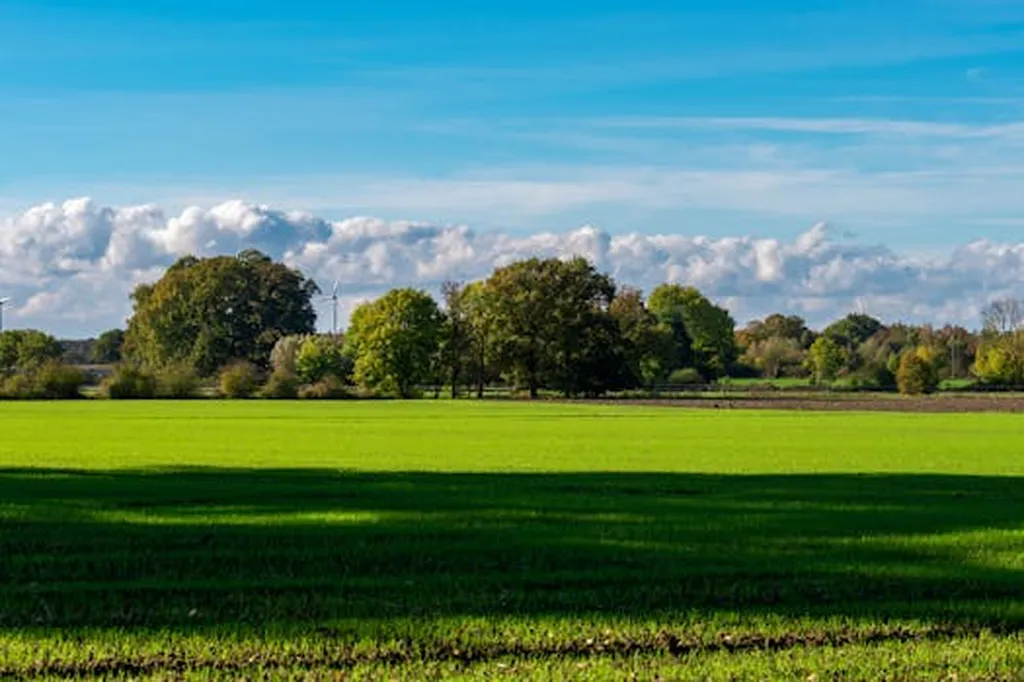In the quest for sustainable agricultural practices and renewable energy sources, a recent study published in the *Journal of Oasis Agriculture and Sustainable Development* offers promising insights. Researchers, led by Chéma Keffala from the Institut Supérieur Agronomique de Chott-Mariem in Tunisia, have explored the potential of microalgae cultivated on urban wastewater as a dual-purpose resource for agriculture and energy production.
The study focuses on two species of microalgae, *Scenedesmus sp.* and *Chlorella sp.*, grown in urban wastewater. The research team aimed to evaluate the algae’s potential as a fertilizer for barley (*Hordeum vulgare L.*) and as a substrate for methane production. The findings suggest that these microalgae could play a significant role in circular economy approaches, particularly in regions with similar environmental conditions to the Mediterranean.
The researchers found that irrigating barley with algal extracts led to significant improvements in plant growth parameters, such as dry weight, root and shoot length, and chlorophyll content. Notably, the optimal concentration for these benefits was found to be 20 g/L. “The results were quite remarkable,” Keffala noted. “We observed a substantial enhancement in plant growth and nutrient uptake in the soil, particularly nitrogen, phosphorus, and potassium, which are essential for plant development.”
In addition to their agricultural benefits, the microalgae also showed promise for energy production. The study revealed that the algae’s methane production potential was significantly enhanced by a low-temperature pretreatment. The pretreated biomass produced 430.08 mL of methane per gram of volatile solids, compared to 279.6 mL for the untreated biomass. This suggests that microalgae could be a valuable feedstock for biogas production, providing a renewable energy source while simultaneously treating wastewater.
The commercial implications for the agriculture sector are substantial. The use of microalgae as a fertilizer could reduce the need for synthetic fertilizers, lowering production costs and environmental impact. Additionally, the dual use of microalgae for both agriculture and energy production could create new revenue streams for farmers and wastewater treatment facilities.
As the world seeks sustainable solutions to feed a growing population and meet energy demands, this research offers a glimpse into the potential of microalgae. “This study confirms that microalgae cultivated on wastewater can be safely and effectively used in agriculture and energy production,” Keffala stated. “However, further experimental evaluations are necessary to optimize the processes and ensure their viability on a larger scale.”
The findings from this study could pave the way for future developments in algal biotechnology, particularly in regions with abundant sunlight and wastewater resources. By integrating microalgae cultivation into existing agricultural and wastewater treatment systems, it may be possible to create more sustainable and resilient food and energy systems. As the research community continues to explore the potential of microalgae, the insights from this study will undoubtedly contribute to the ongoing efforts to build a more sustainable future.

